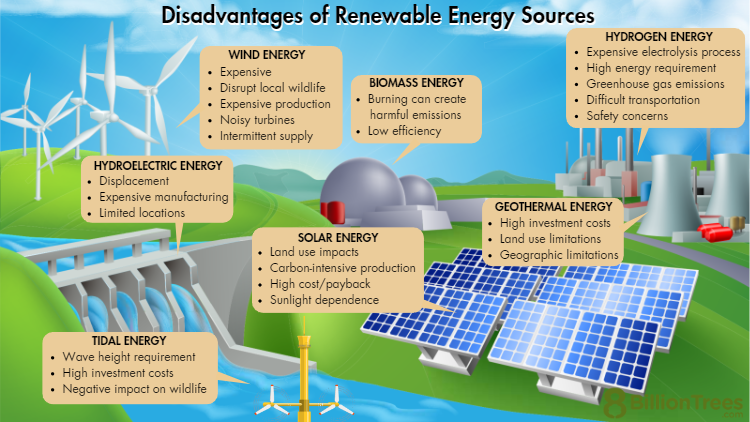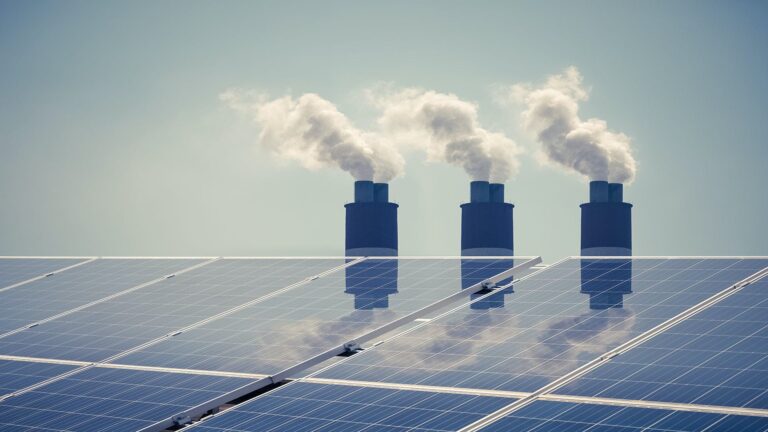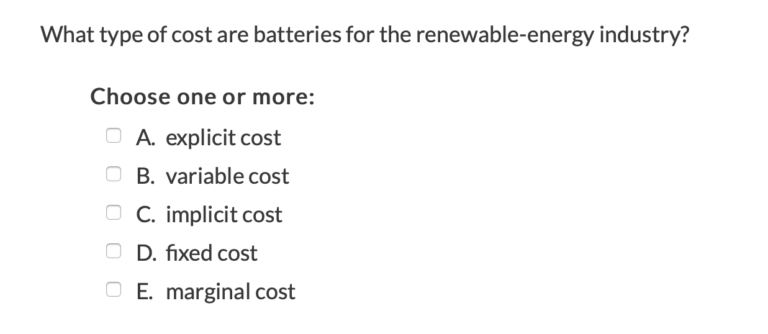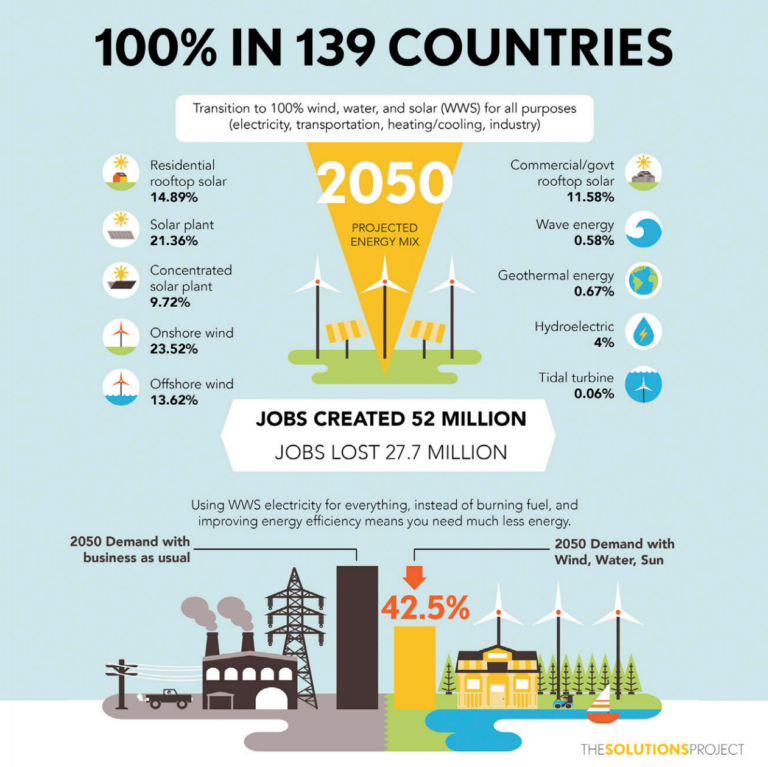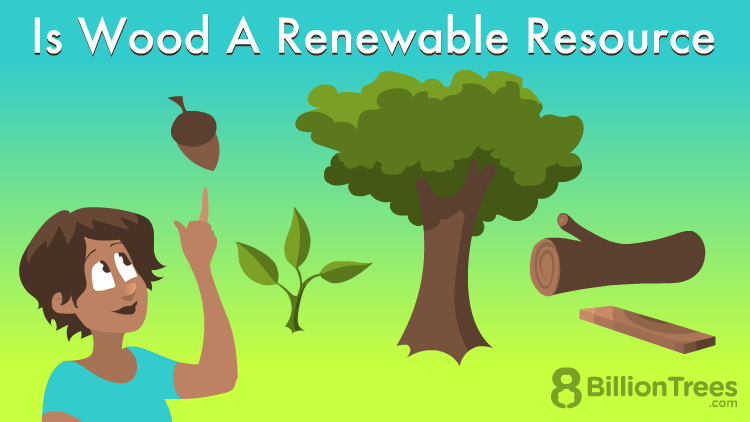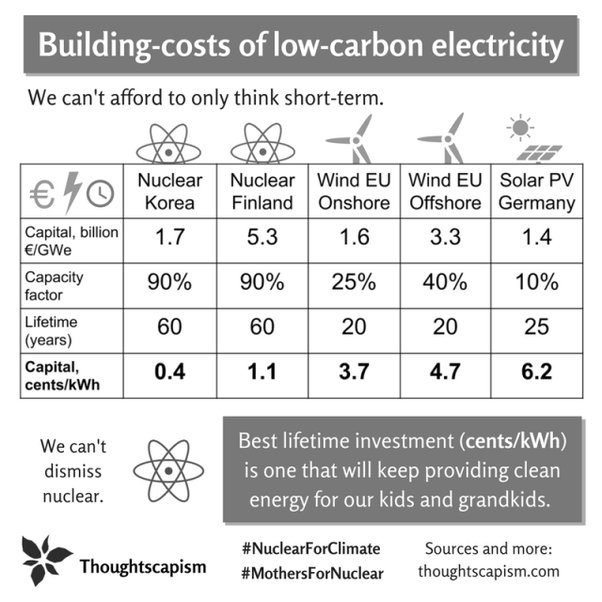What Are Some Of The Most Promising Renewable Energy Storage Technologies Being Developed Today?
Renewable energy is the way of the future, and we’re constantly looking for innovative ways to store that energy efficiently. So, what are some of the most promising renewable energy storage technologies that are being developed today? Let’s dive in and find out!
When it comes to renewable energy storage, we’re not just talking about finding ways to collect and use energy from the sun, wind, or water. We also need to figure out how to store that energy for when we need it the most. That’s where these exciting new technologies come into play.
From advanced batteries that can store energy from solar panels or wind turbines to cutting-edge systems that convert excess energy into hydrogen, the possibilities are endless. In this article, we’ll explore some of the most promising renewable energy storage technologies that are being developed right now.
So, if you’re curious about the future of renewable energy and how we’re working to make it more reliable and accessible, keep reading. We’ll take a closer look at these groundbreaking technologies that could revolutionize the way we power our world. Let’s get started!
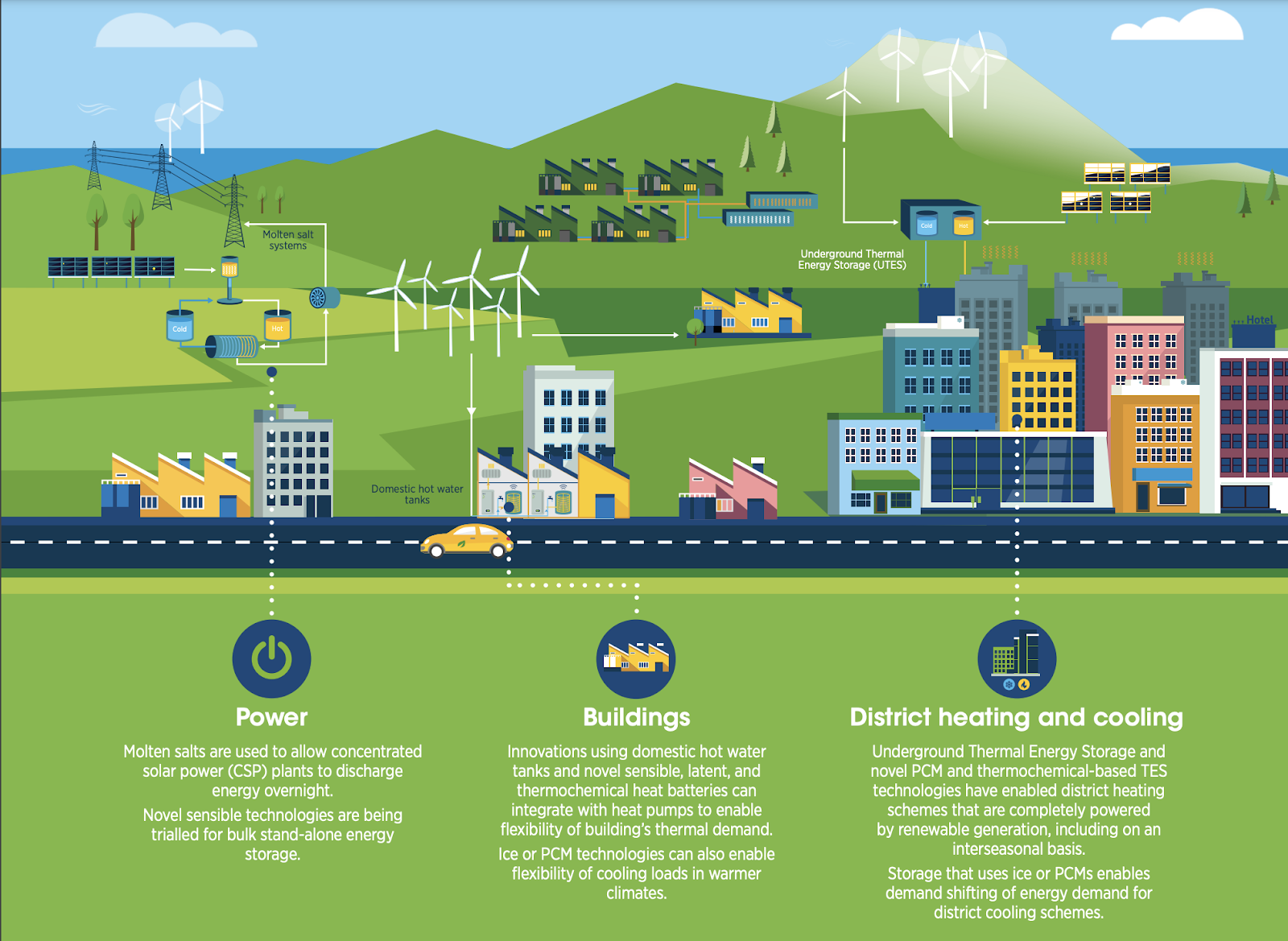
Exploring the Promising Renewable Energy Storage Technologies of Today
Renewable energy sources like solar and wind power are becoming increasingly popular for their environmental benefits. However, the intermittent nature of these energy sources poses a challenge for storing and distributing power efficiently. In recent years, researchers and engineers have been working tirelessly to develop innovative energy storage technologies that can overcome these limitations. In this article, we will delve into some of the most promising renewable energy storage technologies being developed today and explore their potential to revolutionize the energy industry.
Battery Energy Storage Systems (BESS)
Battery Energy Storage Systems (BESS) are at the forefront of renewable energy storage technologies. These systems utilize advanced rechargeable batteries to store excess energy generated by renewable sources and discharge it when needed. With advancements in battery technologies such as lithium-ion and flow batteries, BESS have become more efficient, durable, and cost-effective.
One of the key benefits of BESS is their ability to provide grid stability and backup power during peak demand or in the event of a power outage. They can also be used to optimize the integration of intermittent renewables into the grid by smoothing out fluctuations in power supply. Moreover, BESS can be scaled up to meet the energy demands of large-scale industrial operations or scaled down for residential use.
Despite their advantages, BESS face challenges such as limited energy capacity, high initial costs, and environmental concerns related to battery disposal. However, ongoing research and development aim to address these issues and improve the performance and sustainability of battery technologies for energy storage.
Pumped Hydroelectric Storage
Pumped Hydroelectric Storage is a well-established and widely used form of energy storage. It utilizes the potential energy of water by pumping it to a higher elevation when excess energy is available, and then releasing it back down through turbines to generate electricity during periods of high demand.
This technology has been in use for decades and remains one of the most efficient and cost-effective methods of large-scale energy storage. It offers high energy capacity and can store energy for long durations, making it ideal for balancing out fluctuations in renewable energy generation.
Pumped Hydroelectric Storage facilities require specific geographical characteristics, such as an elevated reservoir and a lower reservoir with sufficient water bodies. Building such facilities can be challenging due to land requirements, environmental impacts, and high initial costs. However, innovative modular designs and the exploration of underground pumped hydro storage options offer potential solutions to these barriers.
Compressed Air Energy Storage (CAES)
Compressed Air Energy Storage (CAES) is an emerging technology that utilizes compressed air to store and release energy. During times of excess energy, air is compressed and stored in underground caverns or above-ground tanks. When energy demand exceeds supply, the compressed air is released, expanding and driving turbines to generate electricity.
CAES systems have the advantage of being able to deliver large amounts of power over extended periods, making them suitable for grid-scale applications. They have a relatively long lifespan and can be integrated with existing power plants, enhancing their efficiency and reliability. Additionally, CAES does not rely on specific geographical features, making it more widely applicable.
However, one of the challenges faced by CAES is energy loss during the compression and expansion process. Innovations in advanced materials and improved energy conversion technologies aim to mitigate these losses and improve the overall efficiency of CAES systems.
Advancements in Renewable Energy Storage Technologies
As renewable energy continues to play a crucial role in mitigating climate change and reducing dependence on fossil fuels, advancements in energy storage technologies become paramount. In this section, we will explore three promising technologies that are currently being developed to address the challenges and limitations of existing storage solutions.
Solid-State Batteries
Solid-state batteries are receiving significant attention as the next-generation energy storage solution. Unlike conventional lithium-ion batteries, which use liquid electrolytes, solid-state batteries use solid electrolytes, offering numerous benefits. Solid-state batteries have the potential to provide higher energy densities, faster charging times, improved safety, and longer lifespans compared to their liquid counterparts.
The key advantage of solid-state batteries lies in their ability to address the safety concerns associated with flammable liquid electrolytes. By using a solid-state electrolyte, the risk of fire and explosion is greatly reduced. This makes solid-state batteries an ideal candidate for electric vehicles, grid-scale energy storage, and even portable electronic devices.
Although solid-state batteries hold immense promise, challenges remain in terms of cost, scalability, and cycle life. Researchers and industry leaders are actively working on overcoming these hurdles to make solid-state batteries a commercially viable option for renewable energy storage.
Hydrogen Energy Storage
Hydrogen is gaining momentum as a versatile and sustainable energy carrier that can be produced from renewable sources and utilized for various applications, including energy storage. Hydrogen energy storage involves converting excess energy into hydrogen through electrolysis and storing it for later use.
One of the advantages of hydrogen energy storage is its high energy density, allowing for longer storage durations compared to batteries. Hydrogen can be stored in tanks or converted back into electricity through fuel cells when demand arises. It also offers opportunities for coupling with other sectors, such as transportation and industry.
However, hydrogen energy storage faces challenges related to production costs, infrastructure development, and energy conversion efficiency. Ongoing research and development efforts aim to address these challenges and enhance the viability of hydrogen as a renewable energy storage solution.
Thermal Energy Storage
Thermal energy storage systems store excess energy in the form of heat and release it when needed. These systems use various mediums, such as molten salts, phase change materials, or even compressed air, to store thermal energy. During periods of low demand, renewable energy is used to heat or cool these mediums, which can later be used to generate electricity or provide heating and cooling.
Thermal energy storage offers several advantages, including high energy density, long-term storage capabilities, and the ability to provide heating and cooling services. It can be integrated with existing infrastructure and technologies, making it a cost-effective option for both residential and commercial applications.
However, thermal energy storage systems require careful design and optimization to ensure efficiency and minimize heat loss. Ongoing research aims to improve the thermal properties of storage materials and develop more efficient heat transfer mechanisms to enhance the overall performance of these systems.
The Future of Renewable Energy Storage
The development and implementation of advanced renewable energy storage technologies are crucial for achieving a sustainable and reliable energy future. As discussed in this article, a wide array of promising options are being explored, including Battery Energy Storage Systems, Pumped Hydroelectric Storage, Compressed Air Energy Storage, Solid-State Batteries, Hydrogen Energy Storage, and Thermal Energy Storage.
Each technology holds its own unique potential and offers specific advantages and challenges. Continued research, innovation, and investment are necessary to push the boundaries of these technologies and overcome limitations. Through collaboration between scientists, engineers, policymakers, and the renewable energy industry, we can unlock the full potential of renewable energy storage and pave the way for a cleaner and greener future.
Key Takeaways: What Are Some of the Most Promising Renewable Energy Storage Technologies Being Developed Today?
- 1. Battery storage: Lithium-ion batteries are leading the way in renewable energy storage, improving efficiency and reliability.
- 2. Pumped hydroelectric storage: This technology uses excess energy to pump water uphill and then releases it to generate electricity when needed.
- 3. Compressed air energy storage: It compresses air during times of low energy demand and uses it to generate electricity during peak times.
- 4. Thermal energy storage: Heat is captured and stored in materials, which can then be used to generate electricity or heat buildings.
- 5. Hydrogen storage: Hydrogen can be produced with surplus renewable energy and stored for later use as a clean energy source.
Frequently Asked Questions
Renewable energy storage technologies are constantly evolving to meet our increasing energy demands sustainably. Here are some of the most promising technologies being developed today:
1. What is green hydrogen, and how does it help store renewable energy?
Green hydrogen is produced by using renewable energy sources, such as solar or wind, to power electrolyzers that split water into hydrogen and oxygen. The hydrogen can then be stored and used later as a clean fuel. This helps store excess renewable energy that can be converted back to electricity or used in various industries like transportation and agriculture, reducing carbon emissions in the process.
While green hydrogen is still in the early stages of development, it holds immense potential as a long-term energy storage solution, as it can be stored for extended periods and used when needed, bridging the gap between energy supply and demand fluctuations.
2. What are flow batteries, and how do they contribute to renewable energy storage?
Flow batteries are a type of rechargeable battery system that store energy in two separate tanks of different chemicals. When energy is required, these chemicals are pumped through a cell, creating a chemical reaction that generates electricity. Unlike conventional batteries, flow batteries can be scaled up easily by increasing the size of the storage tanks, making them suitable for storing large amounts of renewable energy.
The advantage of flow batteries lies in their ability to store energy for extended periods without significant degradation, making them valuable for storing surplus renewable energy for later use when electricity demand is higher or intermittent renewable sources are not generating power.
3. What are thermal energy storage systems, and how do they work?
Thermal energy storage systems store excess renewable energy as heat, which can be used to generate electricity or provide heating and cooling when the renewable energy source is not available. These systems work by using materials with high heat capacity, such as molten salts or phase-change materials, which can absorb and release large amounts of heat.
In a typical thermal energy storage system, excess energy is used to heat or cool these materials. When the energy is needed, the stored heat is released and converted back into electricity or used for space heating or cooling. Thermal energy storage systems are particularly useful in areas where solar or wind resources are abundant but intermittent, as they provide a way to store and utilize excess energy efficiently.
4. What is compressed air energy storage, and how does it help store renewable energy?
Compressed Air Energy Storage (CAES) is a technique that stores excess renewable energy by compressing air and storing it in underground caverns or tanks. When electricity is needed, the compressed air is expanded through a turbine, generating electricity through a generator. This system effectively acts as a large-scale battery.
CAES is an attractive solution for renewable energy storage because it has a relatively high energy storage capacity and can be deployed quickly. By utilizing existing infrastructure, such as natural gas storage caverns, CAES has the potential to provide reliable energy storage at a lower cost and without significant environmental impact.
5. What are supercapacitors, and how do they contribute to renewable energy storage?
Supercapacitors, also known as ultracapacitors, are energy storage devices that store and release energy rapidly. They store energy by separating positive and negative charges on their electrodes, essentially creating an electrical double layer. Supercapacitors can charge and discharge much faster than traditional batteries, making them ideal for capturing and releasing energy quickly during peak demand periods.
While supercapacitors have relatively lower energy density compared to batteries, they excel in power density, allowing for rapid energy transfer. They can complement other storage technologies by providing bursts of power when needed and smoothing out fluctuations in renewable energy generation.
Why This NASA Battery May Be The Future of Energy Storage
Summary
Alright, let’s wrap up everything we’ve learned about renewable energy storage technologies. Scientists and engineers are working hard to find ways to store energy from renewable sources like the sun and wind. One promising method is using big batteries called flow batteries. These batteries can store a lot of energy and last a long time.
Another cool technology being developed is called pumped hydro storage. It basically uses water to store energy! When we have extra electricity, we use it to pump water up to a higher elevation. Then, when we need electricity, we let the water flow down through turbines, which creates electricity.
So there you have it! We’re making great progress in finding ways to store renewable energy. With these promising technologies, we can have clean and sustainable power for the future.

